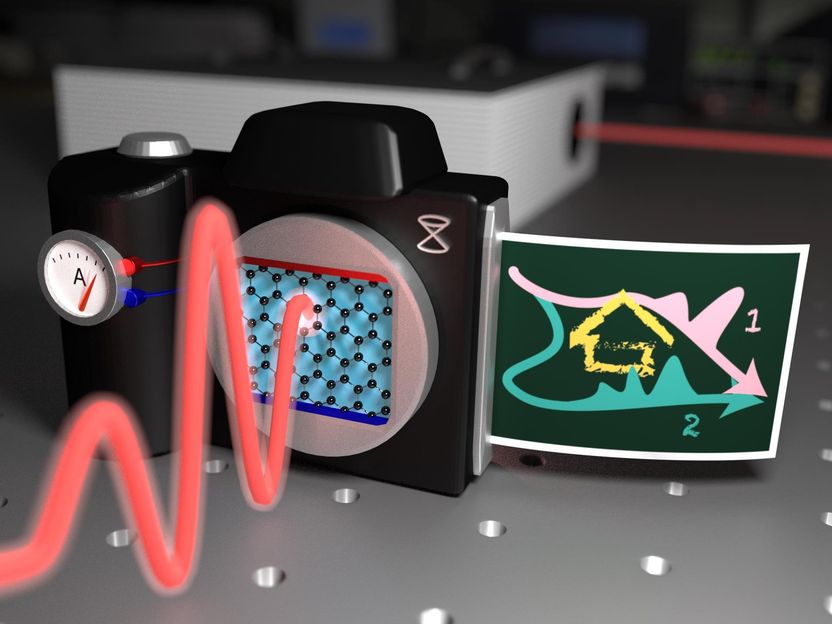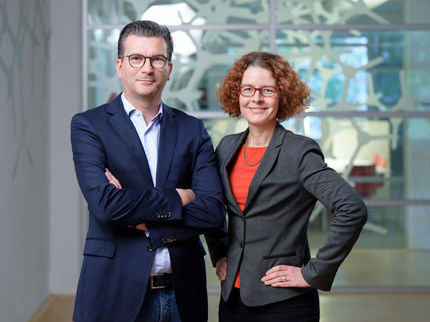A polymer that puts plastic on a better path toward recyclability
Researchers have developed a family of synthetic polymers that can be repeatedly recycled, an important feat because current efforts to recycle plastic are so limited. Globally, the production of plastic has increased to the point where output is expected to exceed 500 million metric tons by 2050. While most plastics are produced for single-use applications, these materials will persist in the environment for centuries.
There has been a substantial effort to develop biodegradable plastics, through use of polymers designed to be decomposable; however, once degraded, the chemical building blocks cannot be recovered. Meanwhile, mechanical approaches to reusing existing plastic tend to degrade the quality of constituent polymers. Chemical recycling is therefore a highly desirable approach, where a polymer can be broken down into monomer building blocks that can be purified and repolymerized. Here, Jian-Bo Zhu and colleagues took an existing polymer that exhibited several qualities amenable to recycling, and improved it by removing a ring at a particular location along the molecule. They then identified two different catalysts that, at sufficiently high or low temperatures, can break down this polymer into constituent monomers with great efficiency (about 85%), at which point the monomers can be reused.
In a related Perspective, Haritz Sardon and Andrew P. Dove write, "Studies such as that of Zhu et al., in which disposed plastics can be infinitely recycled without deleterious effects on their properties, can lead to a world in which plastics at the end of their life are not considered as waste but as raw materials to generate high-value products and virgin plastics."
Original publication
Most read news
Original publication
Jian-Bo Zhu, Eli M. Watson, Jing Tang, Eugene Y.-X. Chen; "A synthetic polymer system with repeatable chemical recyclability"; Science; 2018
Topics
Organizations
Other news from the department science
These products might interest you

Eclipse by Wyatt Technology
FFF-MALS system for separation and characterization of macromolecules and nanoparticles
The latest and most innovative FFF system designed for highest usability, robustness and data quality

Spinsolve Benchtop NMR by Magritek
Spinsolve Benchtop NMR
Spinsolve is a revolutionary multinuclear NMR spectrometer that provides the best performance

HYPERION II by Bruker
FT-IR and IR laser imaging (QCL) microscope for research and development
Analyze macroscopic samples with microscopic resolution (5 µm) in seconds

Get the chemical industry in your inbox
By submitting this form you agree that LUMITOS AG will send you the newsletter(s) selected above by email. Your data will not be passed on to third parties. Your data will be stored and processed in accordance with our data protection regulations. LUMITOS may contact you by email for the purpose of advertising or market and opinion surveys. You can revoke your consent at any time without giving reasons to LUMITOS AG, Ernst-Augustin-Str. 2, 12489 Berlin, Germany or by e-mail at revoke@lumitos.com with effect for the future. In addition, each email contains a link to unsubscribe from the corresponding newsletter.
Most read news
More news from our other portals
See the theme worlds for related content
Topic world Synthesis
Chemical synthesis is at the heart of modern chemistry and enables the targeted production of molecules with specific properties. By combining starting materials in defined reaction conditions, chemists can create a wide range of compounds, from simple molecules to complex active ingredients.
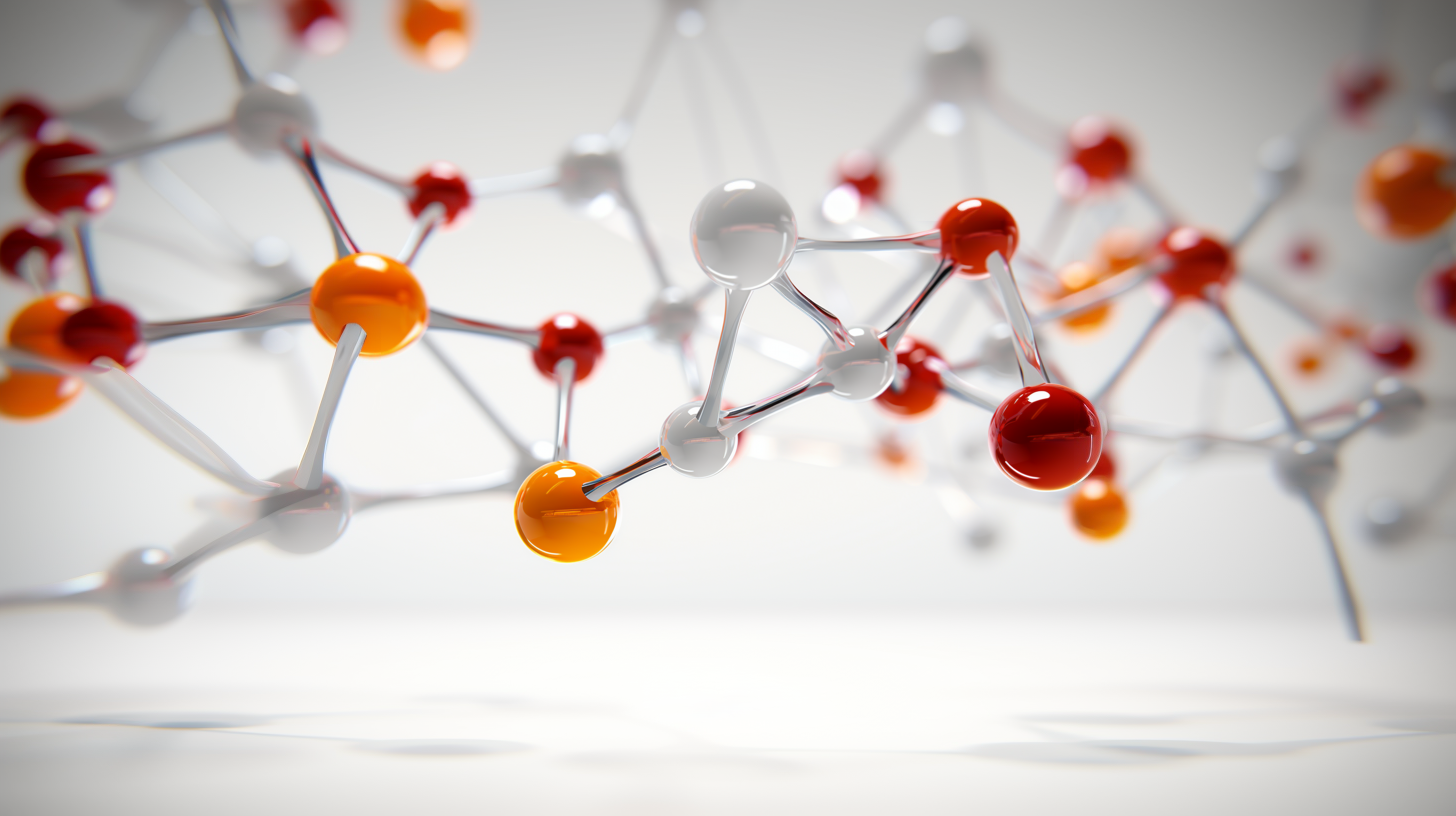
Topic world Synthesis
Chemical synthesis is at the heart of modern chemistry and enables the targeted production of molecules with specific properties. By combining starting materials in defined reaction conditions, chemists can create a wide range of compounds, from simple molecules to complex active ingredients.
Last viewed contents
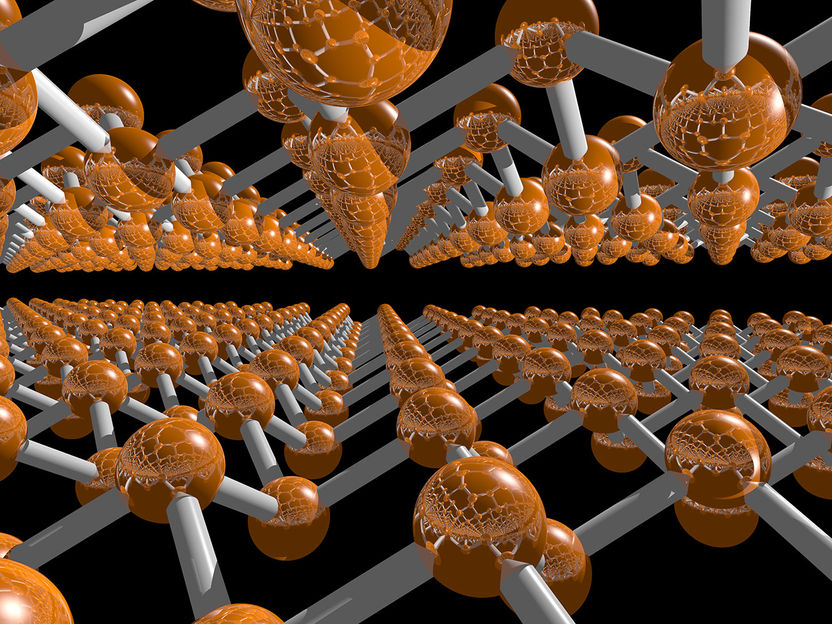
Blue phosphorus: How a semiconductor becomes a metal

New chemistry for ultra-thin gas sensors - New process for zinc oxide layers that can be used for nitrogen oxide sensors as well as protection layer on plastic
Oxea Announces Price Increase for Polyols
Oxea Announces Price Increase for Polyols
Moseley's_law
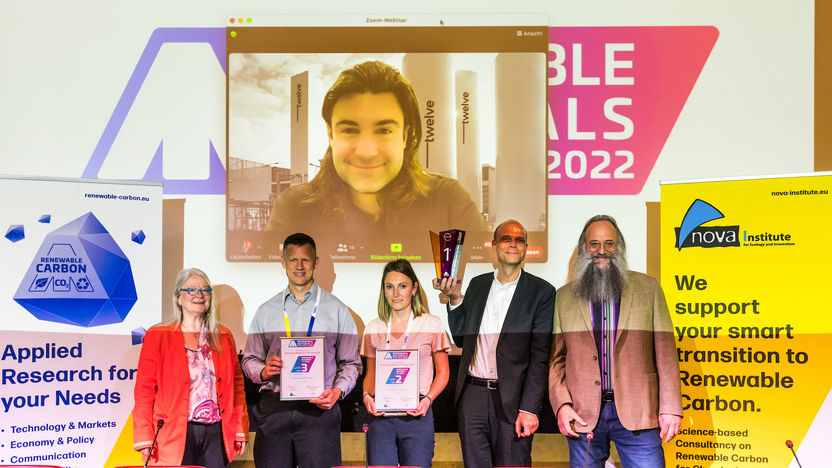
Many advanced and proven solutions to replace fossil carbon in chemistry and materials already available - Electrochemical transformation of CO₂, a natural polymer for paper and cardboard coating and material-to-material molecular recycling of plastic waste are the winners of the innovation award “Renewable Material of the Year 2022”
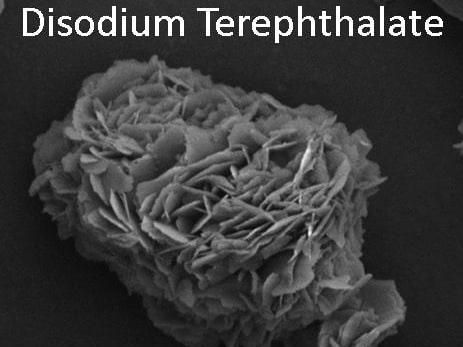
Microwaves power new technology for batteries, energy - New battery technology involving microwaves may provide an avenue for renewable energy conversion and storage

Researchers recycles previously unrecyclable plastic - U-Michigan team discovered a way to chemically recycle PVC into usable material
